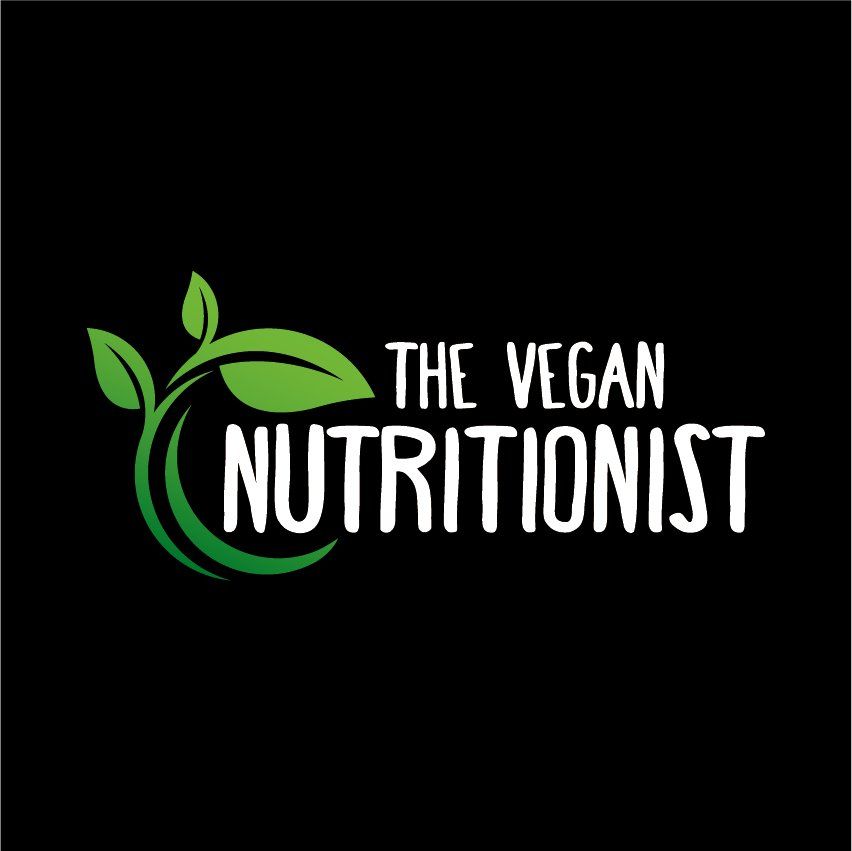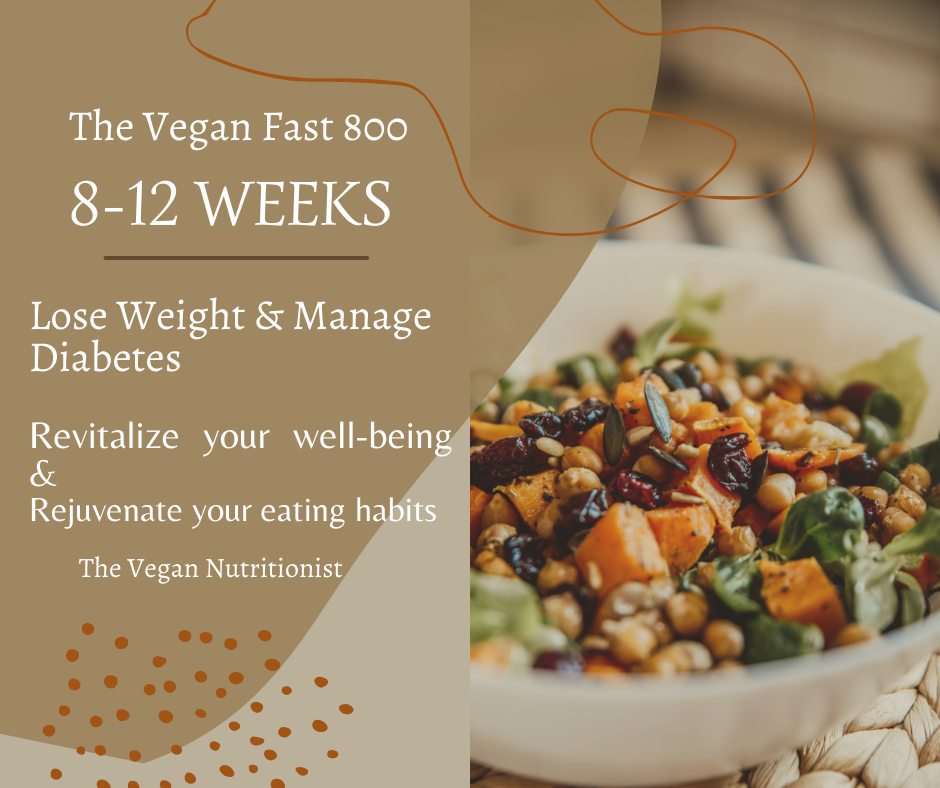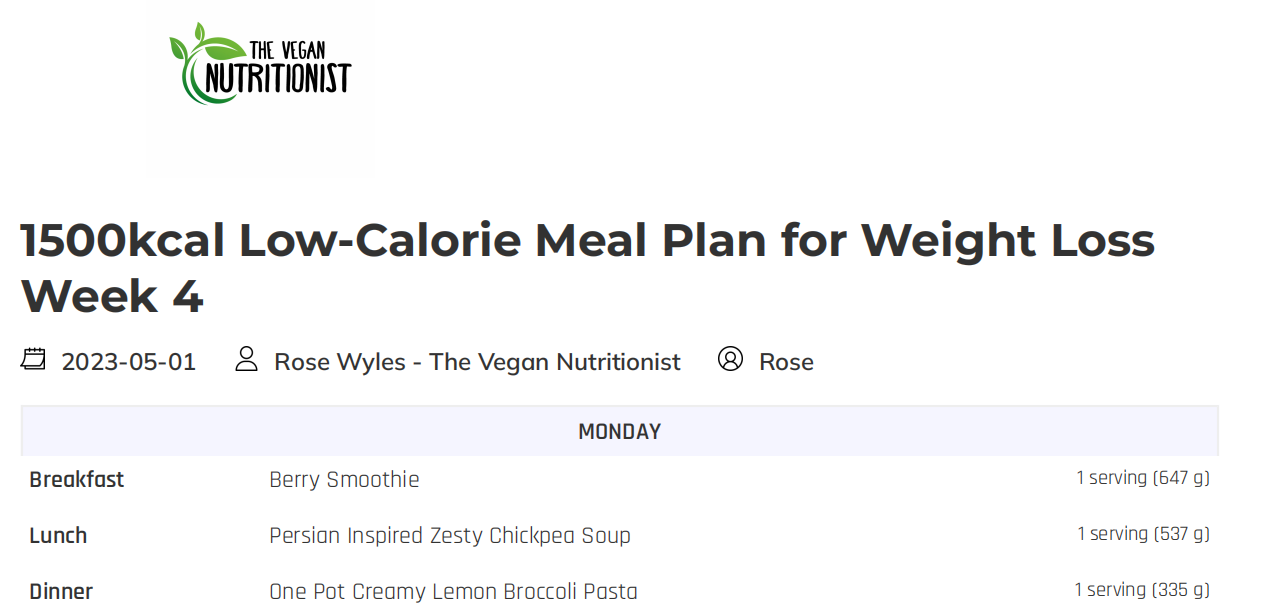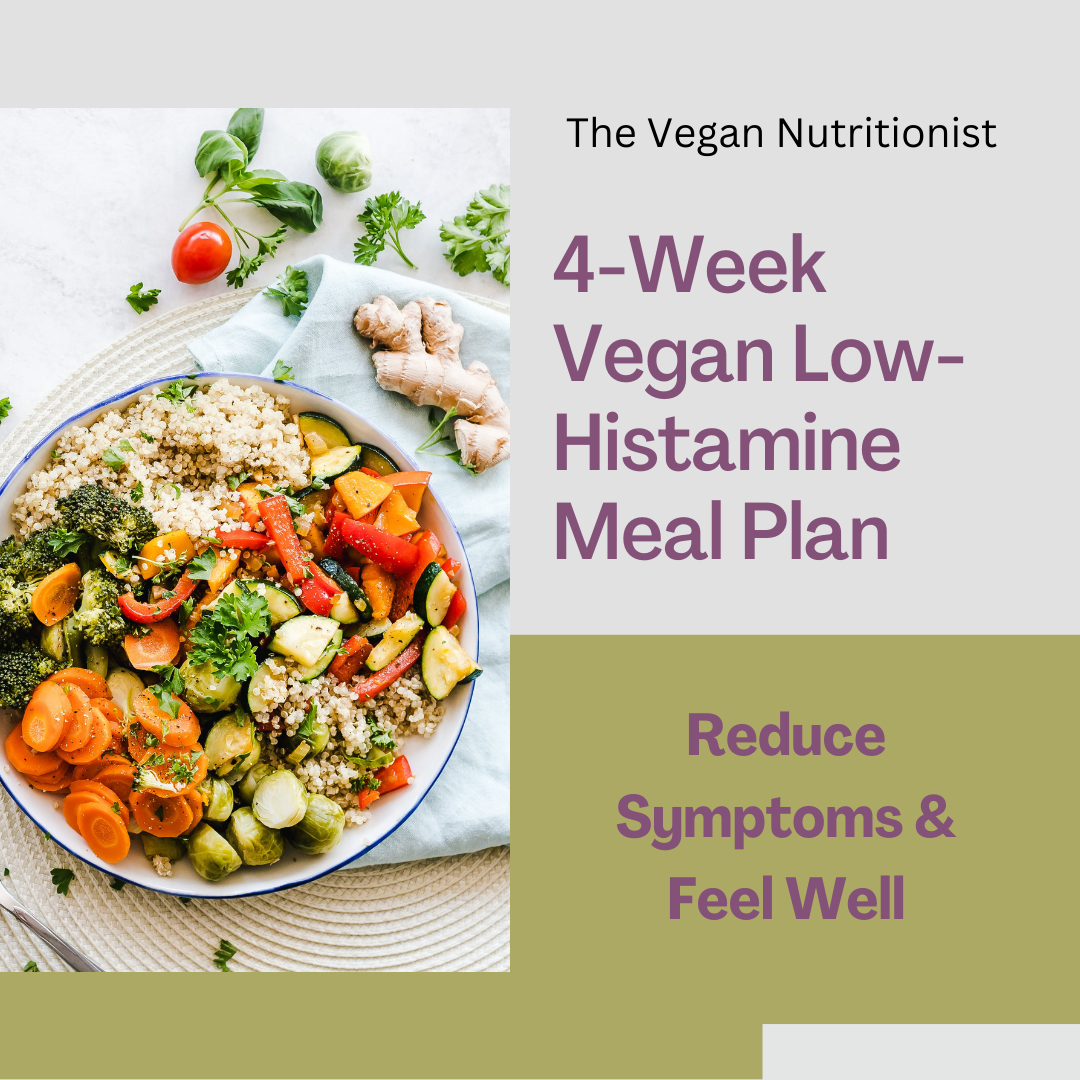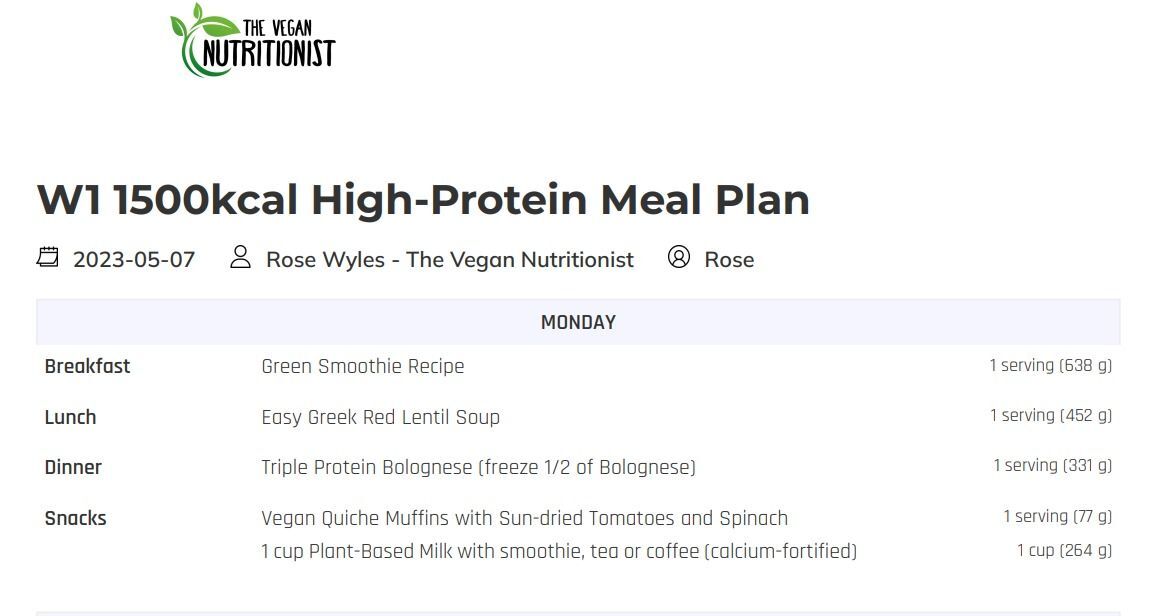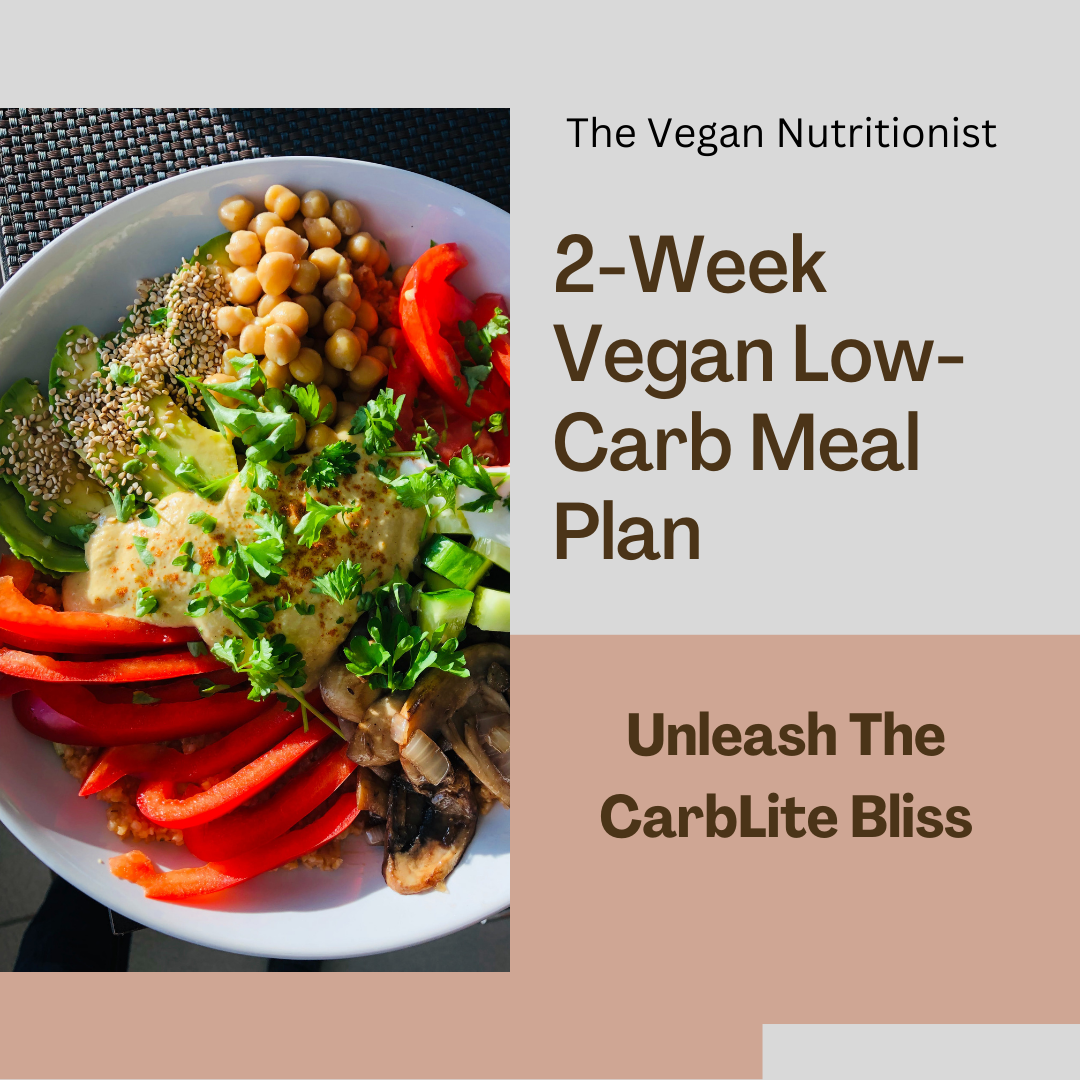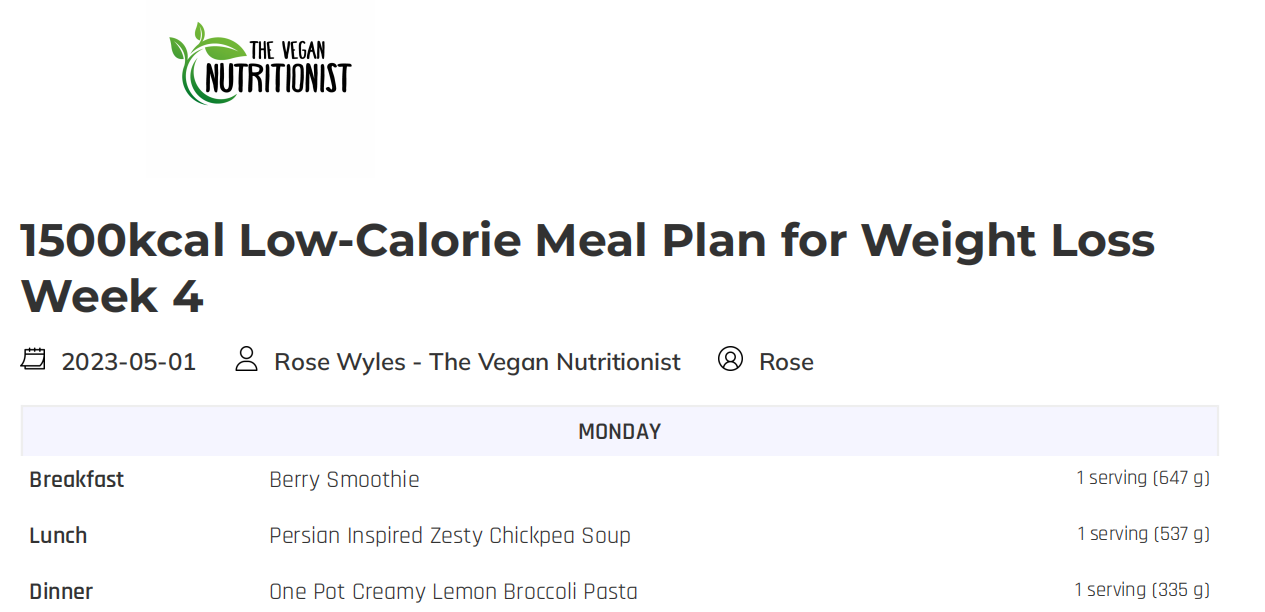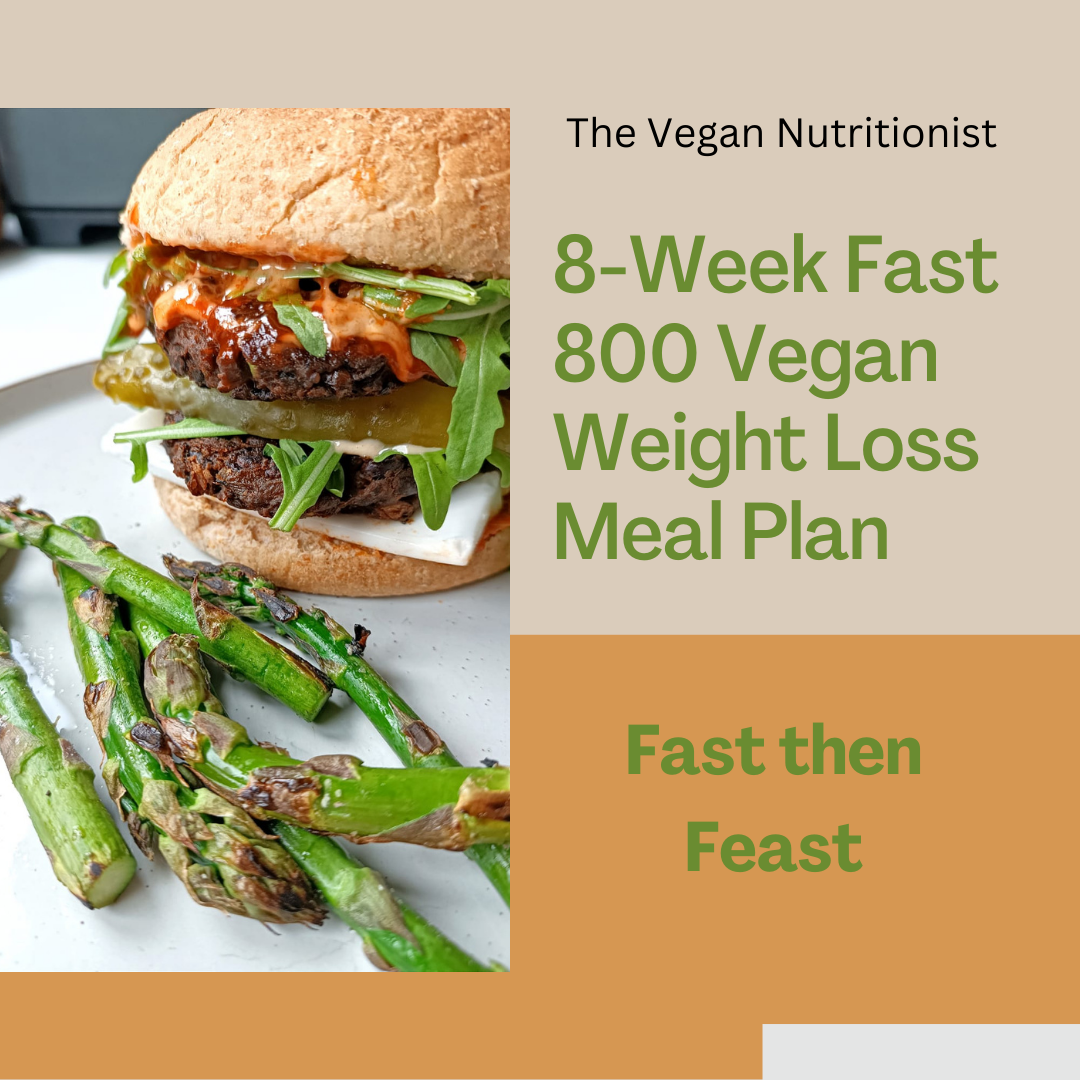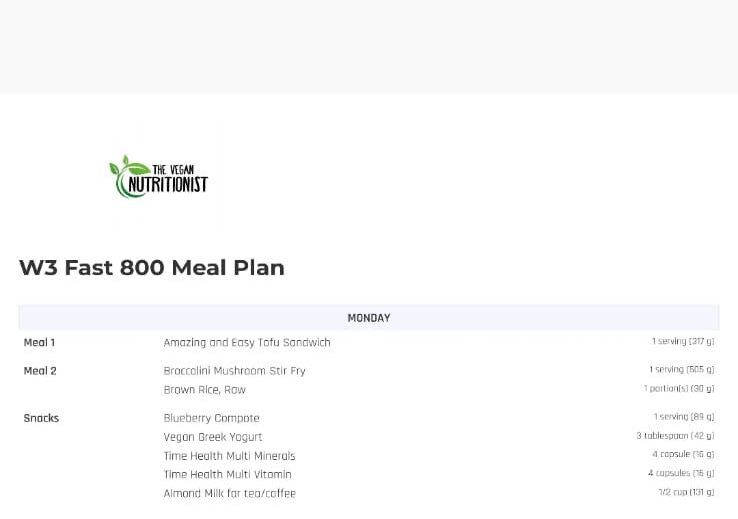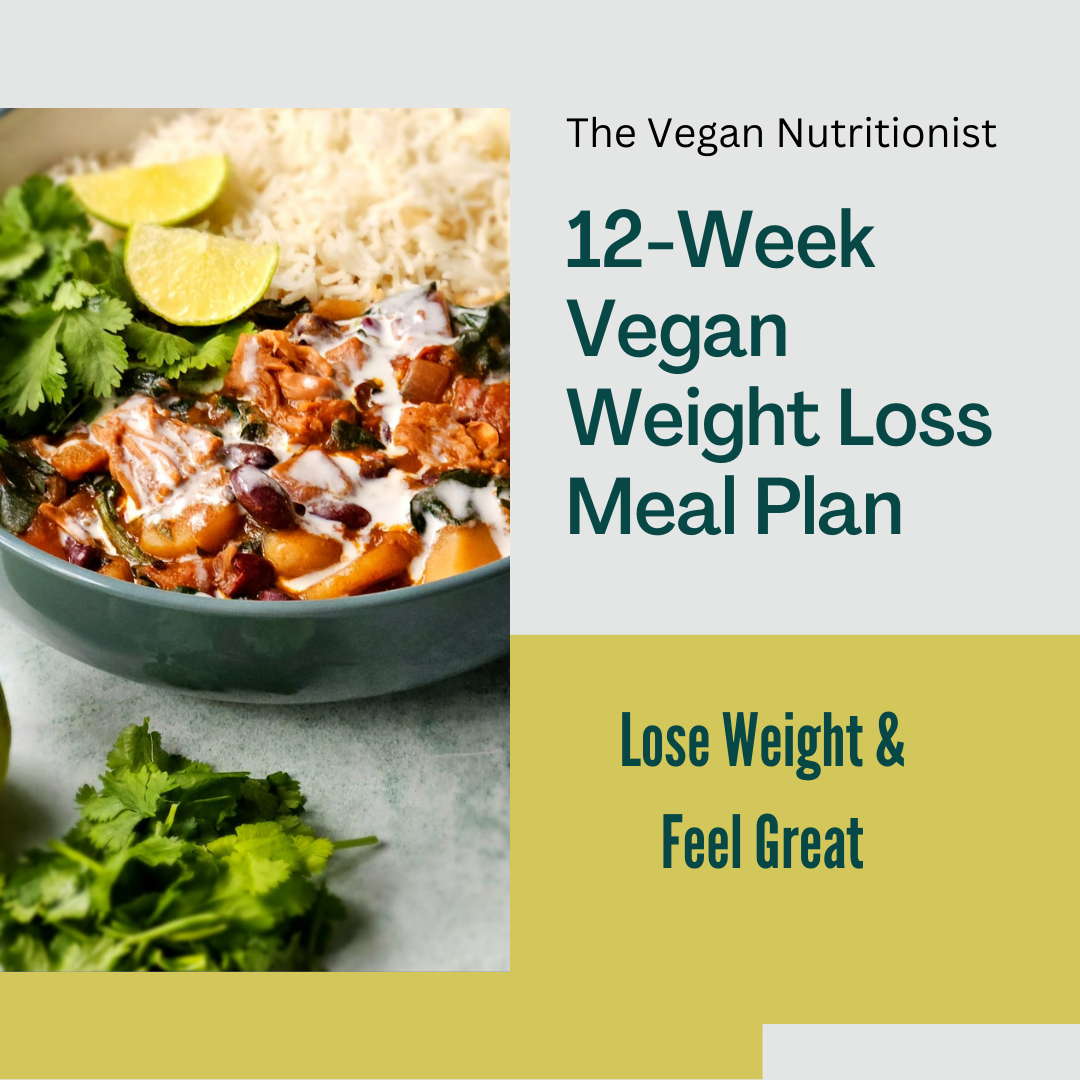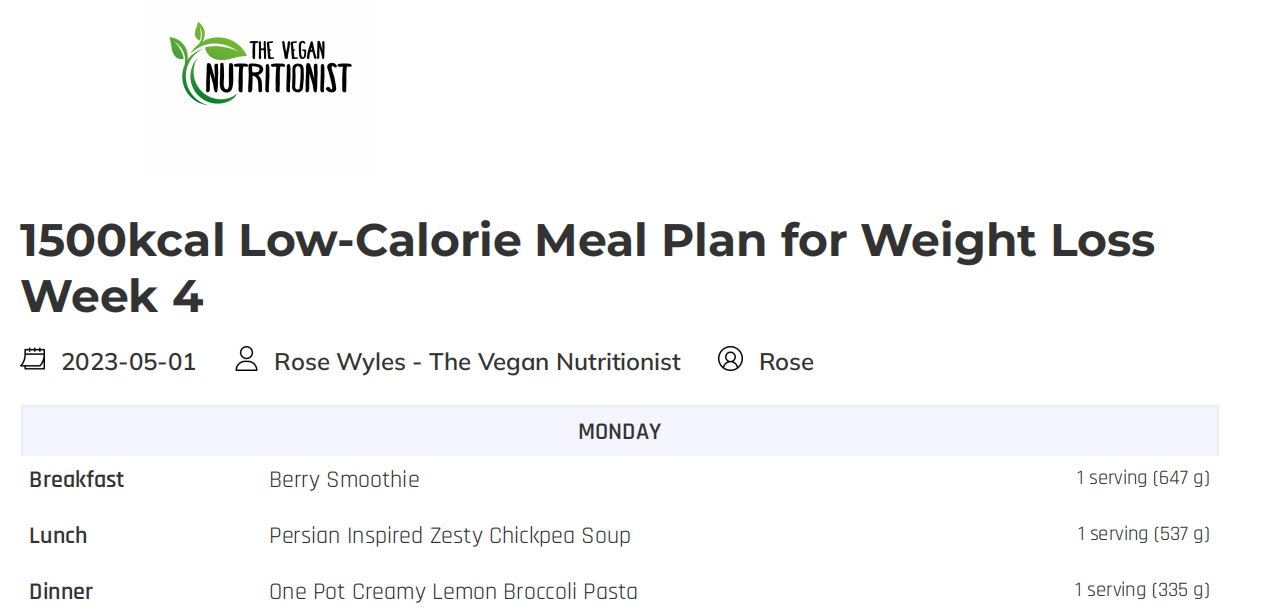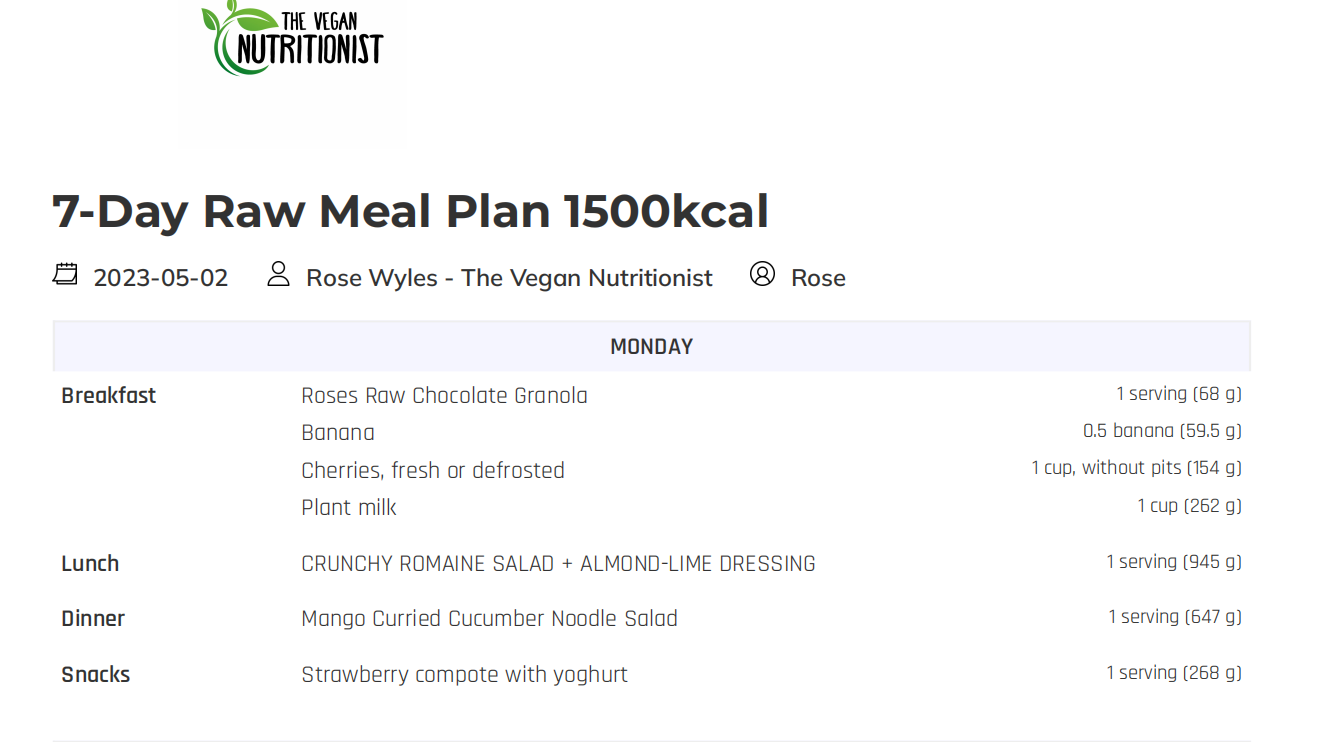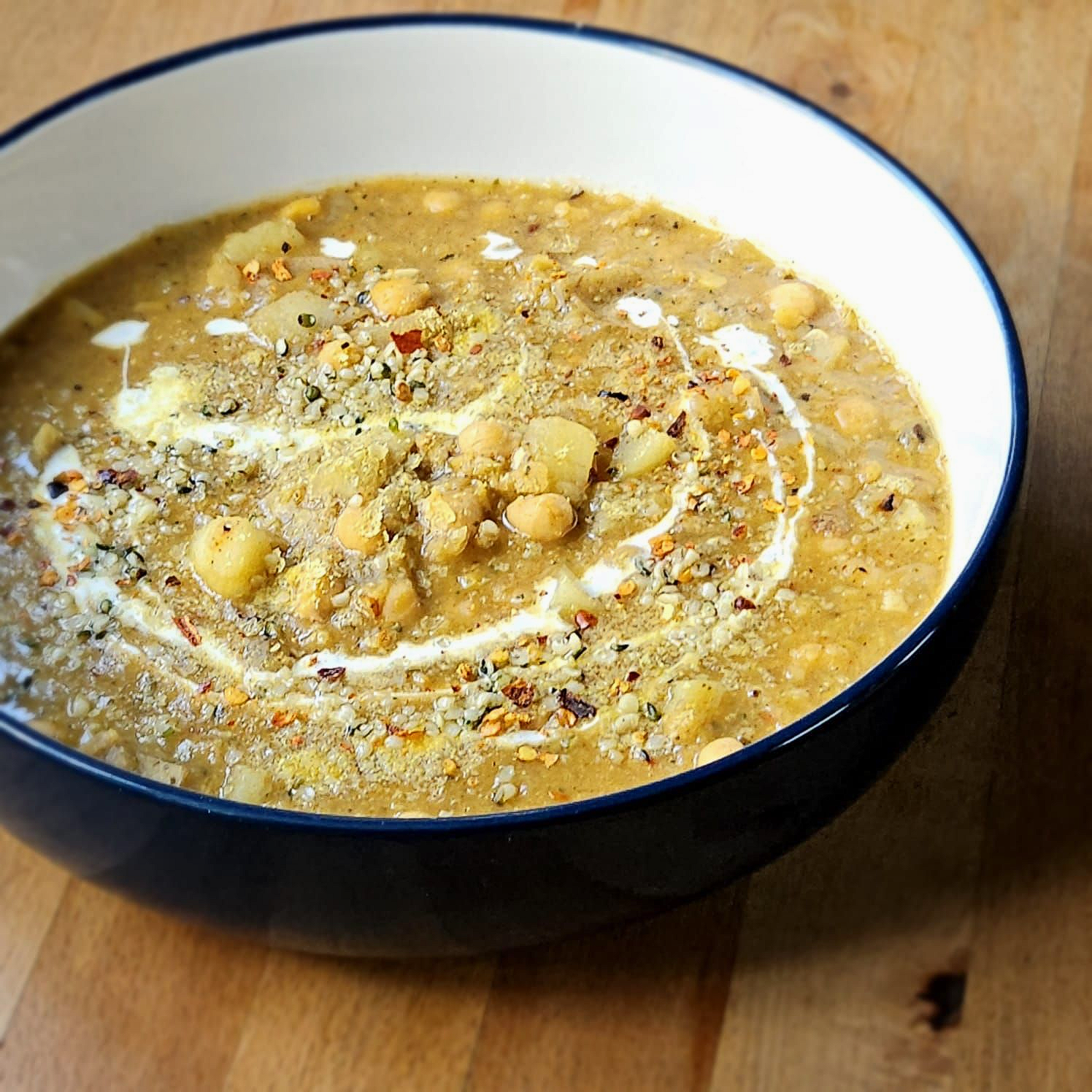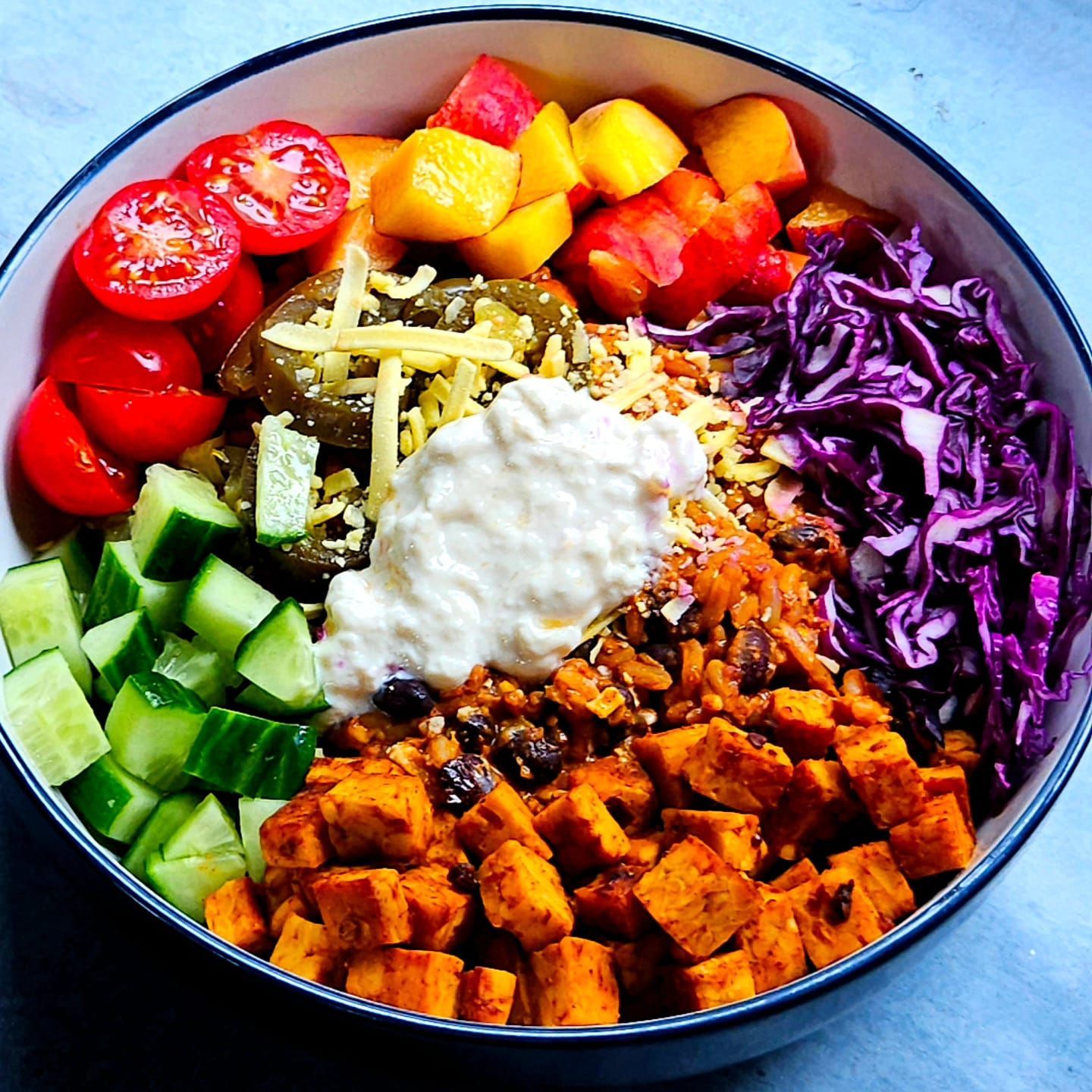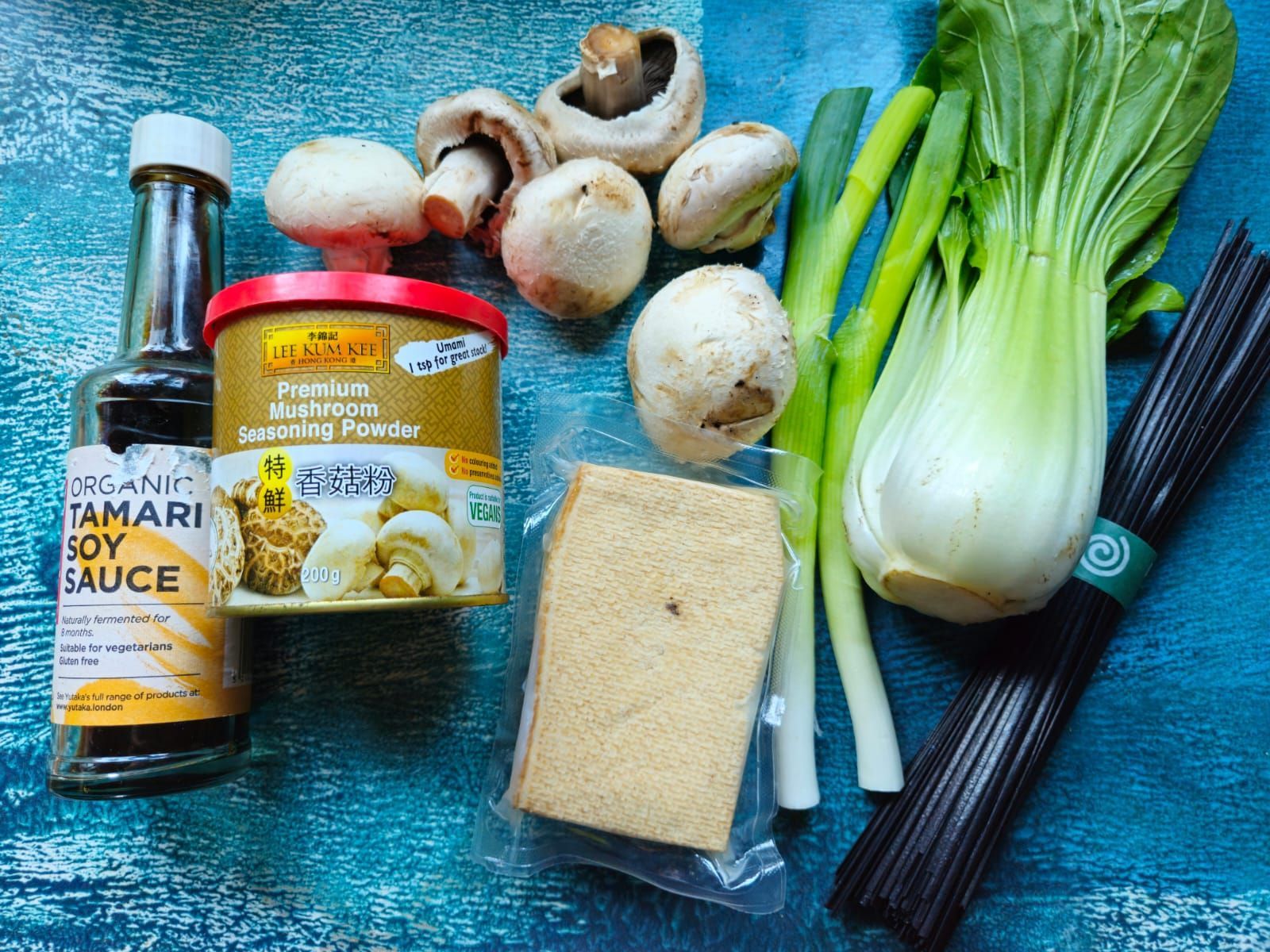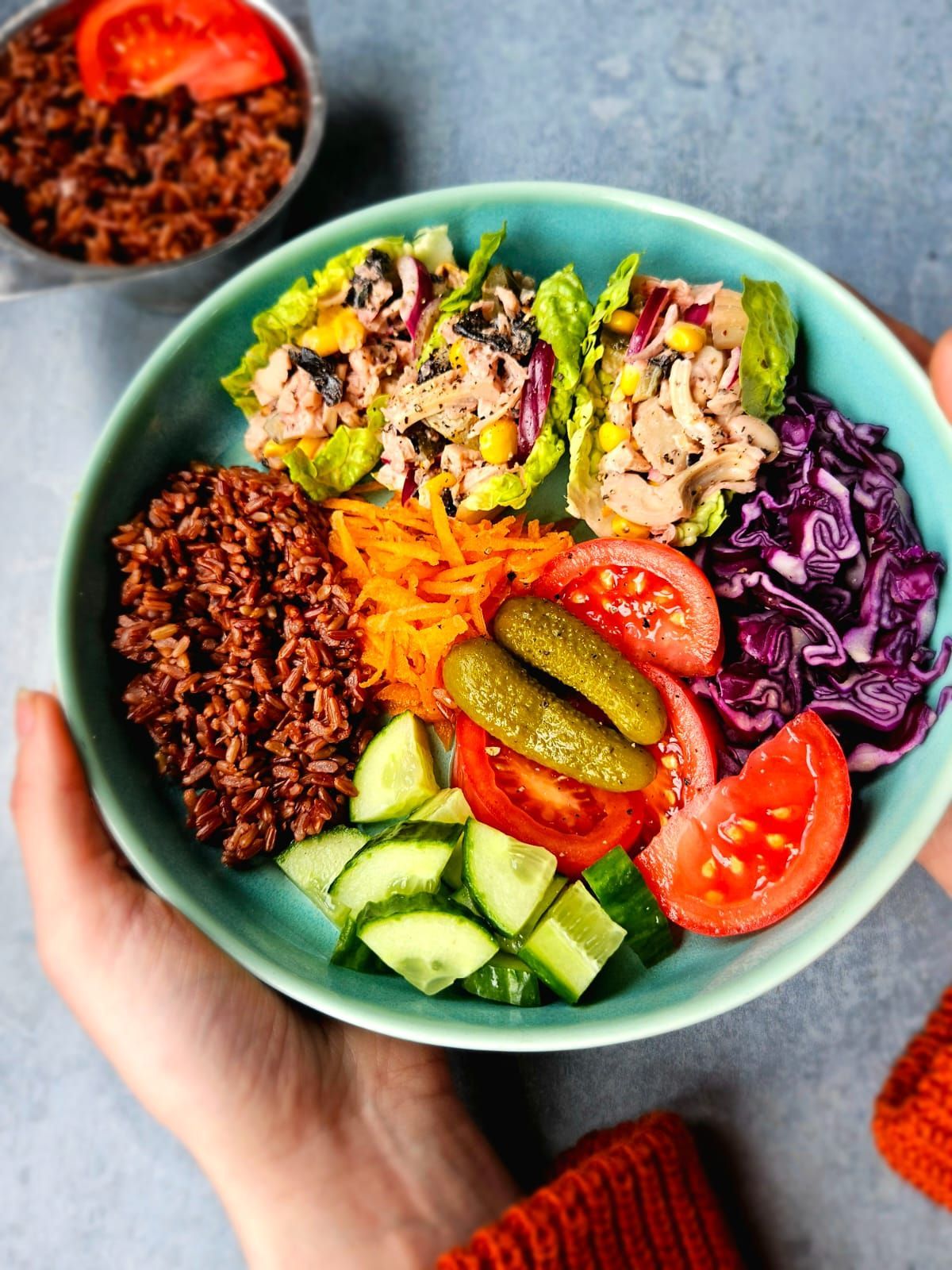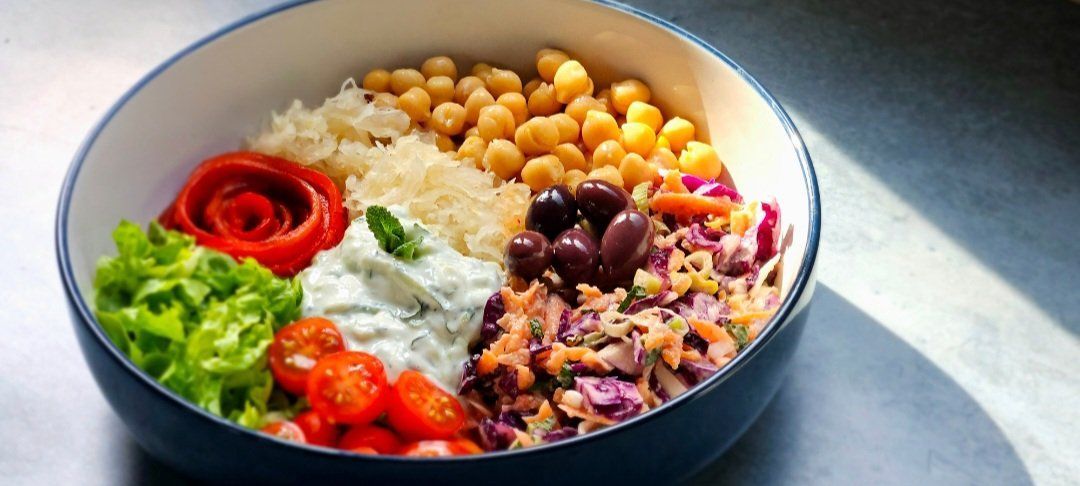Unlock the Benefits of The Blue Zone Diet – Aka The Longevity Diet
Are you looking for ways to improve your health and increase your lifespan?
Then you may want to consider following the Blue Zone Diet, also known as the Longevity Diet.
This diet is based on the lifestyles and eating habits of people who live in Blue Zones, areas of the world where there are high concentrations of centenarians (people who have lived to be 100 years or older).

The Whole Food, Plant-Based Blue Zone Diet for a Healthier You and Planet Earth
The blue zones consist of areas around the world where people tend to live longer and healthier lives than elsewhere, largely due to their mindful diets and active lifestyles.
These areas include Sardinia, Italy; Okinawa, Japan; Nicoya, Costa Rica; Ikaria, Greece and Loma Linda, California.
The Blue Zone Diet is similar to the Mediterranean diet as it emphasises consuming plant-based whole foods, healthy fats, and clean proteins while limiting processed foods and added sugars.
In addition to healthy eating, the Blue Zone Diet also emphasises regular physical activity, stress control, and strong social connections.
One of the key components of the Blue Zone Diet is consuming a variety of whole foods, including fruits and vegetables that are rich in antioxidants such as anthocyanins, polyphenols, and carotenoids.
These antioxidants have been shown to protect against chronic diseases such as cancer, diabetes, and heart disease.
The Blue Zone Diet can benefit a larger population by promoting healthy eating habits that can help people avoid chronic diseases and improve their overall health.
The Blue Zone Diet promotes plant-based whole foods that require fewer resources to produce than animal products, making it environmentally sustainable. Thus, adopting this diet benefits both our collective health and the planet's future.
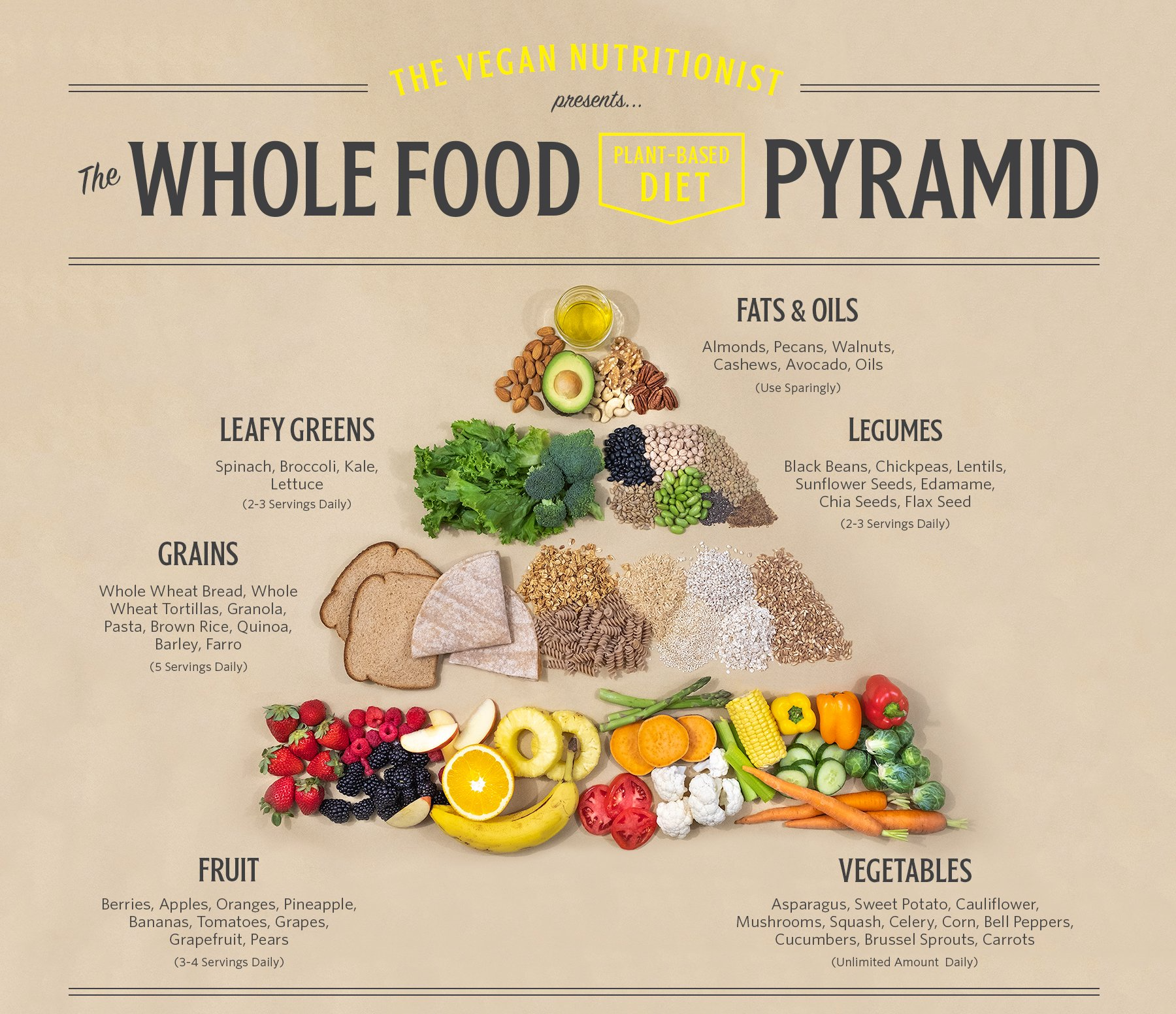
Eating for Longevity: The Benefits of the Blue Zone Diet
If you're considering making a change to your diet, the Blue Zone Diet is definitely worth exploring.
According to various studies, "the Blue Zone Diet has potential health benefits and is associated with longevity."
Studies such as those conducted in the Sardinia and Ikaria Blue Zones have shown that incorporating leafy greens, fruits, whole grains, and legumes into your daily diet can have significant health benefits. This plant-based diet is also associated with reduced risks of chronic diseases such as cardiovascular disease, cancer, and diabetes.
A whole-food, plant-based diet with a focus on plant proteins such as beans and nuts has been shown to have health benefits and could be a good starting point.
Eating a diet rich in nutrients and healthy fats such as those found in nuts and avocados rather than animal fats can also be excellent way to nourish your body and enhance longevity.
Incorporating the Blue Zone Diet into your lifestyle may take some time and effort, but it's important to remember that any positive steps towards a healthier lifestyle are worth it in the long run.
In addition, the Blue Zone Diet's commitment to environmentally sustainable practices makes it an especially attractive option for those concerned about their ecological footprint.

Prioritising Health and Sustainability with the Blue Zone Diet
The Mediterranean diet is another dietary pattern that has been associated with longevity and disease prevention, and it shares some similarities with the Blue Zone Diet.
Both diets emphasise a plant-based focus with whole foods, healthy fats, and reduced consumption of animal products. They also include regular physical activity and social connections as part of a healthy lifestyle.
However, the Blue Zone Diet is unique in its focus on specific regions with high rates of longevity and healthy aging. By studying the dietary patterns of these areas, researchers have been able to identify key components of a healthy diet that may contribute to longevity.
In addition, the Blue Zone Diet places a strong emphasis on community and social connections as a key aspect of overall health and well-being.
While the Blue Zone Diet may not be suitable for everyone, its emphasis on whole foods, plant-based proteins, and healthy fats can provide a great starting point for those looking to improve their health and longevity.
Incorporating the Blue Zone Diet into your lifestyle may seem like a daunting task, but it doesn't have to be.
Start by making small changes, such as swapping processed snacks for whole fruits and vegetables or replacing red meats with plant-based protein sources like legumes.
Over time, these small changes can add up to significant improvements in your health and overall well-being.
Furthermore, the Blue Zone Diet can also benefit the environment by promoting sustainable practices such as reducing meat consumption and choosing locally sourced, in-season produce.

The Blue Zone Diet: A Sustainable and Evidence-Based Approach to Better Health and Longevity
It is important to note the differences between the Blue Zone Diet and fad diets.
Unlike fad diets that focus on quick fixes and drastic calorie restriction, the Blue Zone Diet practices sustainable changes to your eating habits that can be maintained over a lifetime.
A wholefood plant-based diet is an example of a blue zone diet as it is grounded in evidence-based research and focuses on consuming a variety of whole, nutrient-dense foods.
By following a blue zone diet such as with a whole foods plant-based diet, you can enjoy the benefits of increased energy levels, improved mental clarity, reduced inflammation and risk of chronic diseases such as diabetes, heart disease, and obesity.
Moreover, researchers have found that the Blue Zone Diet can help you live longer and healthier by preventing chronic illnesses like cancer and heart disease.
The Blue Zone Diet is a dietary pattern that is rooted in the traditional eating habits of some of the world's healthiest and longest-living populations.
These populations, including those in Sardinia and Icaria, have been studied extensively for their dietary patterns and lifestyle habits.
The Okinawan diet, a type of blue zone diet, emphasizes low-calorie intake and includes nutrient-dense vegetables like sea vegetables, fruits, and whole grains.
Studies demonstrate that this dietary pattern is linked to decreased risk of chronic diseases as well as a longer lifespan. Additionally, the Okinawan diet features small portions of seafood, tofu, miso and pickled vegetables which are fermented foods.
Also, the Blue Zone Diet and its benefits are not limited to these regions - anyone can adopt this dietary pattern, regardless of their location. In conclusion, the Blue Zone Diet offers a sustainable and evidence-based approach to achieving better health and longevity.
By focusing on whole, nutrient-dense foods and reducing intake of processed or unhealthy options, as well as making an effort to choose locally sourced, in-season produce, the Blue Zone Diet is beneficial not only for our health but also for the environment.
It is important to prioritise health and sustainability when choosing a diet, especially in today's world where both are crucial for our well-being.
What to Eat for a Longer and Healthier Life: The Blue Zone Diet
An example of a Day in the Blue Zone Diet could include:
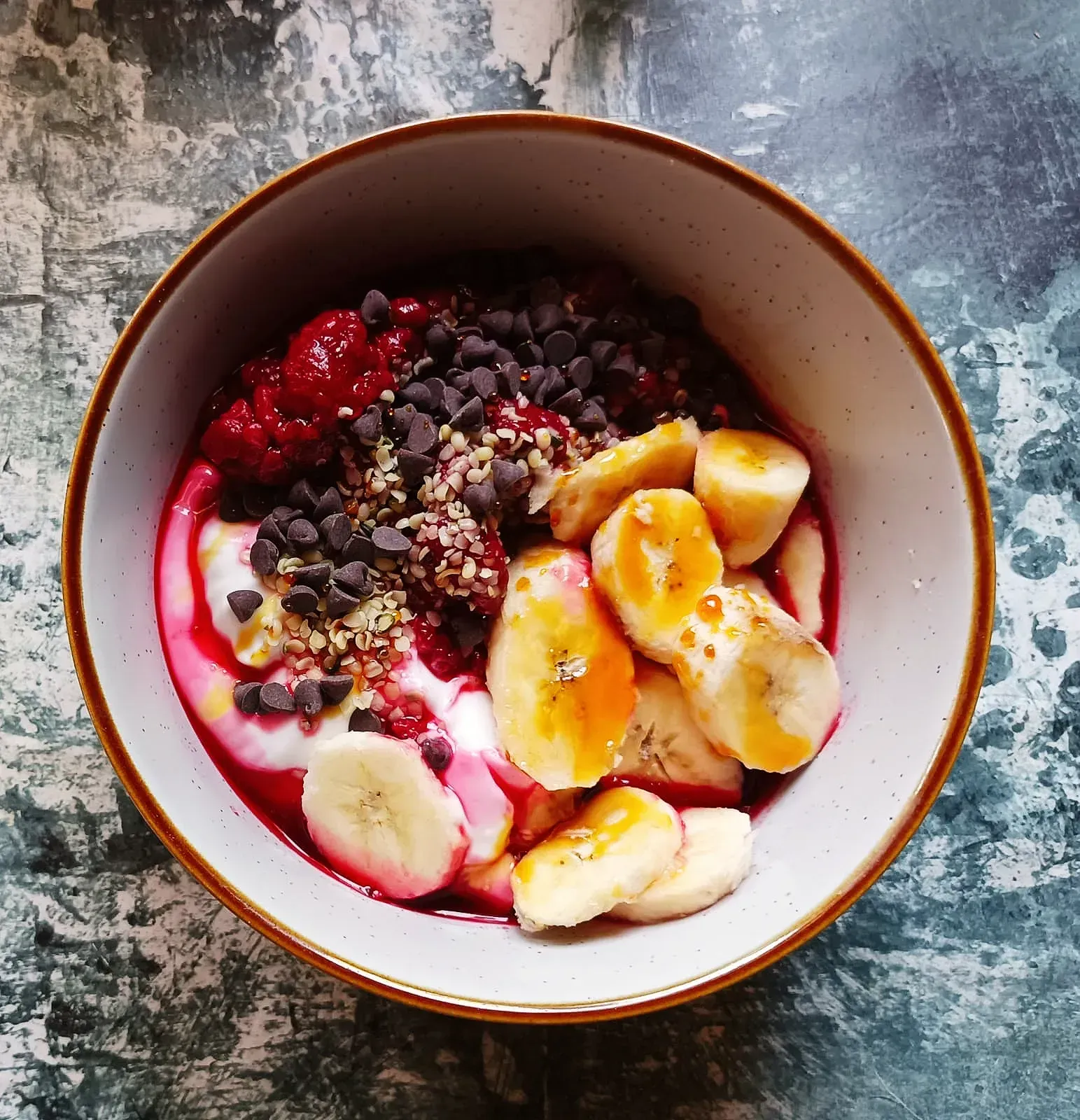
For breakfast, there are several options to choose from.
You could have a hearty bowl of oatmeal made with plant-based milk or indulge in some plant-based yogurt with an assortment of toppings such as fresh berries, fruits, nuts, or seeds.
Breakfast can be tailored to suit your personal preferences and dietary requirements- whether you prefer a light meal or something more substantial.
Personally, I opt for a lighter breakfast as it helps me kick-start my day on the right foot.
In case you're looking for other nutritious blue zone inspired alternatives then whole-grain bread topped with avocado or nut butter could also do the trick along with indulging in some delicious vegetable frittatas!

For lunch, you have the option to indulge in a hearty and nutritious meal.
You can relish a colorful salad loaded with an array of fresh vegetables like carrots, cucumbers, cherry tomatoes, bell peppers coupled with your choice of quinoa or rice. To add extra zing to it, serve it alongside hummus or another creamy dip.
Alternatively, go for an even more satisfying whole-grain wrap brimming with veggies like spinach leaves and sprouts paired up with plant-based proteins such as beans or tofu that will keep hunger at bay till dinnertime.
Opting for meals like these ensures that you get ample amounts of nutrients rich in fiber and protein which helps sustain energy levels throughout the day.

For your evening meal, there are many options that can help you maintain a healthy diet.
Consider having a filling bowl of vegetable soup or a savoury stir-fry with noodles, brown rice, or wholegrain bread.
To ensure you get all the nutrients and minerals essential for good health, be sure to include plenty of fiber-rich foods like beans, lentils or chickpeas alongside colourful veggies and whole grains.
Eating legumes in the evening is also great for regulating blood sugar levels and supporting overall wellbeing.
Additionally, quinoa and bean stuffed bell peppers served with roasted sweet potatoes and a salad make for an excellent plant-based meal choice loaded with flavour while providing antioxidants.
These diverse choices at hand every day can easily turn into another opportunity to try out new Blue Zone inspired recipes!

Maintaining a balanced diet is crucial for leading a healthy life.
While it's important to eat three main meals in a day, snacking on healthy options can provide you with additional nutrients and keep hunger at bay.
Incorporating wholegrains such as oats into your snacks not only gives you energy but also keeps you full for longer periods of time.
Nuts and seeds are excellent snack choices that come packed with protein, vitamins, minerals and essential fatty acids. Almonds, cashews and walnuts make great nutty treats while chia seeds or flaxseeds add texture when sprinkled over yogurt or smoothies.
Fruits are nature's candy that satisfy your sweet tooth cravings without any added sugars. Berries like strawberries, blueberries or raspberries are low in calories yet rich in antioxidants which help fight against free radicals - harmful molecules that cause damage to cells within our bodies.
Remember to also stay well hydrated with plenty of water and avoid the intake of sugary or carbonated drinks.

Living Longer and Healthier with the Blue Zone Diet
By adopting the Blue Zone Diet, which focuses on a plant-based and whole foods approach to eating, you can reap numerous health benefits and enjoy a more sustainable lifestyle.
Studies have shown that this dietary pattern is associated with lower risk of chronic diseases such as diabetes, heart disease, obesity and even certain cancers.
Incorporating nutrient-dense foods like fruits, vegetables, legumes and nuts into your meals not only improves your overall physical wellbeing but also supports long-term weight management goals.
Furthermore, the Blue Zone Diet encourages a sense of community and family in shared meals and mealtimes.
So why not give the Blue Zone Diet a try?
You don't have to completely overhaul your eating habits overnight - start small by incorporating more whole foods and plant-based options into your meals.
Remember to always prioritise your health and make sustainable choices when choosing a diet.

Conclusion
References
Blue Zones Diet: Food Secrets of the World's Longest-Lived People - Blue Zones
The Mediterranean diet and health: a comprehensive overview - PubMed (nih.gov)
Healthy aging diets other than the Mediterranean: a focus on the Okinawan diet - PubMed (nih.gov)
A Whole Food Plant-Based Diet Is Effective for Weight Loss: The Evidence - PubMed (nih.gov)
Share this Post!

Reach out by sending me an email
Need assistance with your diet or health goals? I'm here to help. Send me a message and I'll be in touch.
